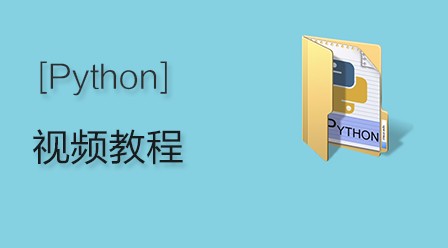
Python中format主要是用来格式化字符串的。
format用法相对基本格式化输出采用‘%’的方法,format()功能更强大,该函数把字符串当成一个模板,通过传入的参数进行格式化,
并且使用大括号‘{}’作为特殊字符代替‘%’使用方法由两种:b.format(a)和format(a,b)。
1、基本用法
(1)不带编号,即“{}”
(2)带数字编号,可调换顺序,即“{1}”、“{2}”
(3)带关键字,即“{a}”、“{tom}”
1 >>> print('{} {}'.format('hello','world')) # 不带字段
2 hello world
3 >>> print('{0} {1}'.format('hello','world')) # 带数字编号
4 hello world
5 >>> print('{0} {1} {0}'.format('hello','world')) # 打乱顺序
6 hello world hello
7 >>> print('{1} {1} {0}'.format('hello','world'))2、进阶用法
(1)< (默认)左对齐、> 右对齐、^ 中间对齐、= (只用于数字)在小数点后进行补齐
(2)取位数“{:4s}”、"{:.2f}"等
1 >>> print('{} and {}'.format('hello','world')) # 默认左对齐
2 hello and world
3 >>> print('{:10s} and {:>10s}'.format('hello','world')) # 取10位左对齐,取10位右对齐
4 hello and world
5 >>> print('{:^10s} and {:^10s}'.format('hello','world')) # 取10位中间对齐
6 hello and world
7 >>> print('{} is {:.2f}'.format(1.123,1.123)) # 取2位小数
8 1.123 is 1.12
9 >>> print('{0} is {0:>10.2f}'.format(1.123)) # 取2位小数,右对齐,取10位
10 1.123 is 1.12









